- Bernard Preston homepage
- Our green garden
- Astonishing Butternut Harvest
Astonishing butternut harvest
This astonishing butternut harvest came from an untidy patch but gosh, what a mountain of nutritious organic food. No gardener should go hungry if and when hard times arrive unexpectedly.
Last year we had a poor butternut crop, so we collected and dried great handfuls of seeds from the few we did get and tossed them around the patch in the spring; especially on the compost heaps. Everywhere there are plants to be seen; under the mealies, taking over after the potatoes died back and in amongst the peppadews.
In total there were about 150 at the last count; from just an ordinary suburban garden.
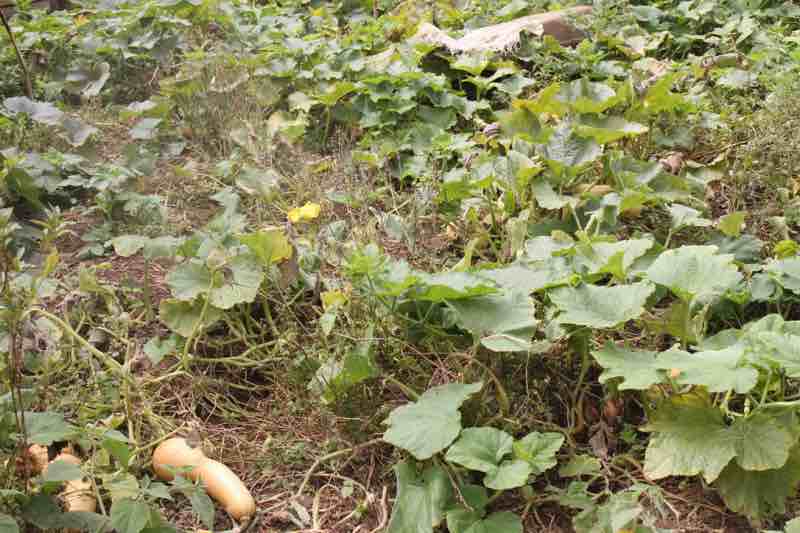
Those from the compost heaps are simply huge; the gourds seem to be one of those vegetables that do not lose their flavour when they grow enormously.
Jamie Oliver recommends eating them very young so you will not need to peel them. I couldn’t agree less; then they are tasteless and insipid. Wait until the plant has died back and the skin has turned to a dark nutty-brown colour; then the flesh will be a deep orange, rich in carotenes and a wonderful sweet treat awaits.
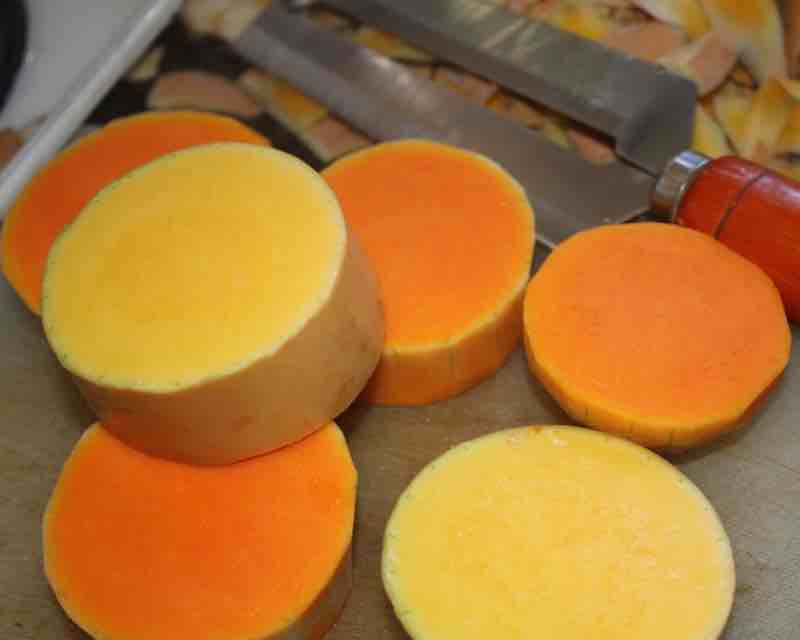
There are no prizes for recognising which of these gourds is fully ripe, sweet and rich in beta-carotenes; and many other phytochemicals. The immature ones are tasteless and obviously less nutritious; but it does take five minutes to peel those that you have waited so patiently for.
It's fully worth the wait.
Whilst it’s true that a frank beta carotene deficiency[1], from which one would literally die is uncommon, a low level of this very important phytochemical makes us prone to a host of serious diseases, poor eyesight and a pimply skin. It is found in many fruits and vegetables so those enjoying a well-rounded choice of foods need have no fear.
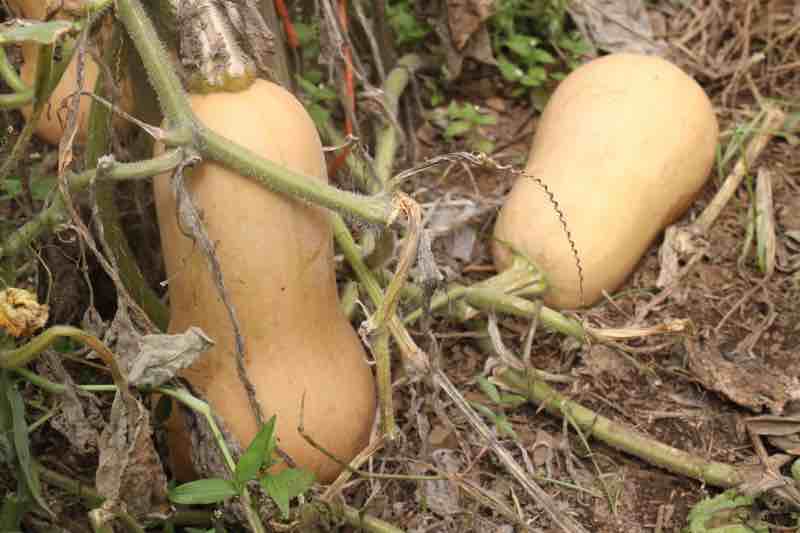
It is just one of over 40 different phytonutrients that we absolutely must have from our food; which is why it is recommended we should be enjoying at least seven to ten different coloured fruits and vegetables every day. It’s not rocket science; a slip of parsley, half a dozen cherry guavas and a tomato.Then you might choose lettuce, beetroot and a mealie. It is simple; and a butternut of course.
Slow food made fast is our motto. The easiest way requiring very little time, electricity and other costs is butternut soup. It takes just twenty minutes in the pressure-cooker with a few spices, a sweet potato and perhaps an apple. Then add cream or coconut milk with a slice of artisan bread; you have a nutritious and wholesome meal.
It is quite high in carbohydrate but this is slow-release glucose with all the fibre; nevertheless following lunch with a short walk would be a good idea, as with all starchy meals. Interestingly researchers found that a group of unstable diabetics had far better control of their blood sugar if they ate from the pumpkin family daily[2].
"Opting for seasonal produce allows you to enjoy affordability, prolonged freshness and to support local farmers; all the while reducing your environmental footprint."
- Mpudi Maubane, SPAR group
Roasted butternut with olive oil, thyme and garlic is a great favourite but only on a fine day when Mr Golden Sun is generously supplying us with free energy that will power the electric oven. Working with nature, rather than against it has meant that we have spent less than a hundred rand in total in the last year on water and electricity combined. I’m not boasting but encouraging you to join the green journey.
The mayor
at City Hall is not pleased, of course but he has made his bed;
and must now sleep in it. We have gone elsewhere for reliable
electricity and water; from the heavens. What's more it is free.
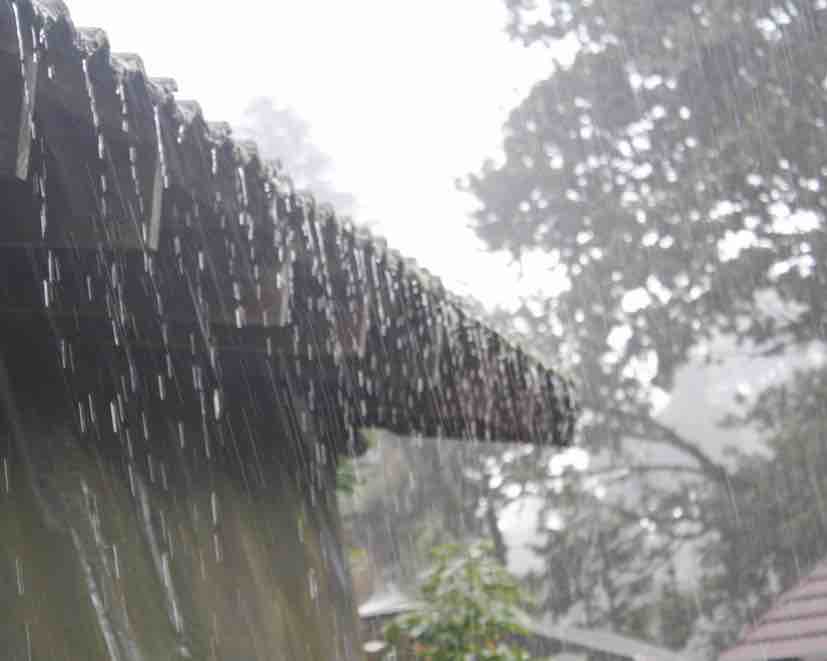 Is it time to put up gutters and build a reservoir?
Is it time to put up gutters and build a reservoir?The benefits for your own well-being and that of the planet are simply vast when you become a greenie. Think about signing up for our monthly newsletter; we don't spam people and pressure you to buy a host of supplements. Let your food be your medicine, rather.
An astonishing butternut harvest should be the experience of every family with a small piece of ground. Let's talk about hunger.
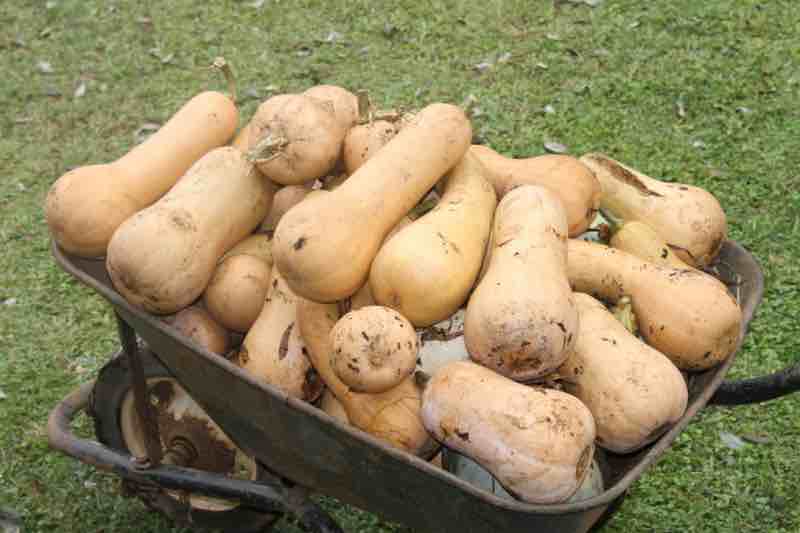
Roasted butternut seeds too are a great source of many important vitamins, protein and minerals; simply wash after scooping them out, spread the pile on a baking tray with a little olive oil, salt and seasoning. Then pop them in the oven whilst the fruit are roasting. A wonderful nutritious snack; you actually don’t need to shell them but you can if you want.
This year we are going to experiment with freezing butternut; I believe it is simple. You can store them in a cool, dark corner but they start to go soft after a couple months. We would like to enjoy the soup all year round. The plan is to pressure-cook the flesh, mush with a stick blender and then fill yoghurt containers. Date and label each one.
Start collecting your butternut seeds now, dry them in the hot sun and put the bottle away
safely where the rats cannot start snacking; they know a good thing should
they find your gems. It will mean an untidy, rank garden but is that a problem, knowing you will have a mountain of delightful food at the end of
summer?
Greenies are starting to dig out their lawns and plant vegetables. It’s worth a thought; less time wasted mowing the grass too.
Freezing butternut
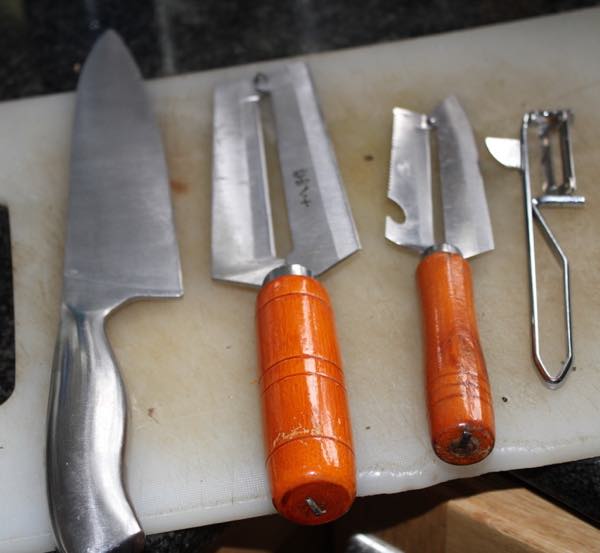
So potentially we will have 3 butternut per week for a whole year. Even though these winter squash as the Americans call them will keep in a cool place for some months, we will obviously have to freeze many. A pressure cooker is such an important appliance in our home; saves us time and money.
Using solar energy for cooking and freezing butternut squash is even better; only peeling the fruit takes time. These tools are useful but I have found no shortcuts; it is rather tedious but having instant frozen food is such a boon.
That's what comes to those ready to grow butternut squash.
An astonishing butternut harvest is for those who dare but you do need to experiment with compost piles too.
Great depression
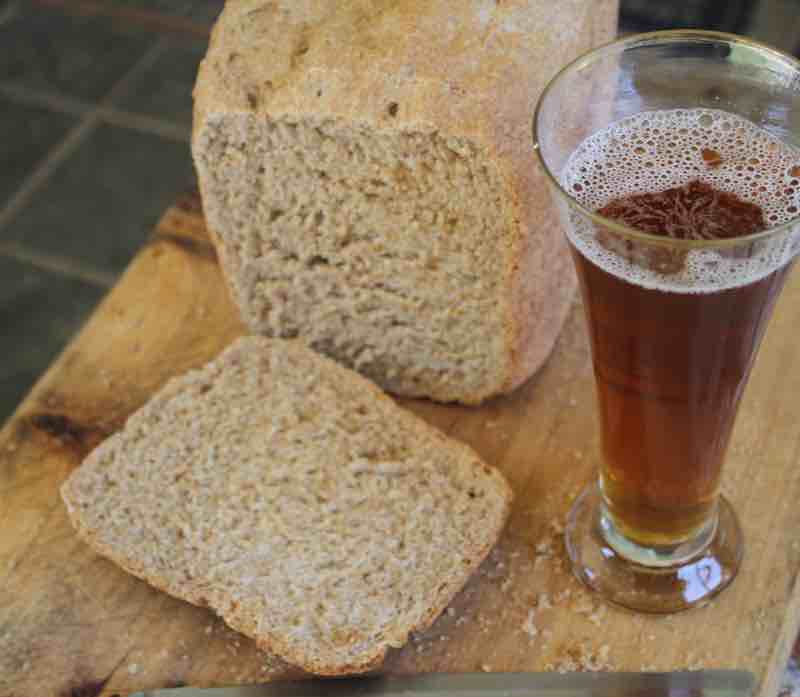
We obviously all are hoping that this pandemic will not be followed by a great depression like the last one a century ago; but recessionary times and job losses are already common. It could happen to any of us.
There are many good reasons to start gardening. We are assured of food on the table like this astonishing
butternut harvest if hard times were to arrive; and you too could be at peace where the next meal would come from.
"There is increasing evidence that exposure to plants and green space, and particularly to gardening, is beneficial to mental and physical health."
- Clinical Medicine (PMC6334070)
We would survive with our small flock of hens that get most of their food from wandering about the garden, a spinach patch and this astonishing butternut harvest. Oh, and this yeasted beer bread that we bake regularly for only R6 per loaf; less than half a dollar. It would be boring but no one would starve.
Brewing a honey brown beer would be an indulgence in such difficult circumstances but it would soften the pain if you kept a few hives at the bottom of the garden; only the gleanings would be used.
By the way can you spot in the photograph at the top of this page where a hen is nesting, cunningly hidden from the vervets and chicken-hawks? It's ten days until they hatch; then they will have to be securely locked up at night and kept under cover when the raptors are cruising, looking for an easy meal.
Beta-carotene
Butternut squashes are a very rich source of a nutrient called beta-carotene; it's the precursor of vitamin A. Three million children worldwide become blind every single year because of a deficiency.
And more than forty children die every single day in South Africa from a deficiency; mainly from vital infections such as measles and pathogens causing diarrhoea.
Furthermore a beta-carotene deficiency makes one prone to weak bones, pimply skin and metastatic tumours. There is no need for an astonishing butternut harvest; just a single gourd every week would suffice.
Astonishing butternut harvest
An astonishing butternut harvest from our modest suburban garden means plenty of nutritious food on the table and gifts for the hungry.
- Beta-carotene (provitamin A) is an excellent source to prevent blindness.
- Anti-diabetic effect of pumpkin. Web: https://pubmed.ncbi.nlm.nih.gov/19420712/
When browsing use right click and "Open Link in New Tab" or you may get a bad gateway signal.
Newsletter
Our newsletter is entitled "create a cyan zone" at your home, preserving both yourself and Mother Earth for future generations; and the family too, of course. We promise not to spam you with daily emails promoting various products. You may get an occasional nudge to buy one of my books.
Here are the back issues.
- Lifestyle and ideal body weight
- What are ultra-processed foods?
- Investing in long-term health
- Diseases from plastic exposure
- Intensive lifestyle management for obesity has limited value
- A world largely devoid of Parkinson's Disease
- The impact of friendly bacteria in the tum on the prevention of cancer
- There's a hole in the bucket
- Everyone is talking about weight loss drugs
- Pull the sweet tooth
- If you suffer from heartburn plant a susu
- Refined maize meal and stunting
- Should agriculture and industry get priority for water and electricity?
- Nature is calling
- Mill your own flour
- Bake your own sourdough bread
- Microplastics from our water
- Alternative types of water storage
- Wear your clothes out
- Comfort foods
- Create a bee-friendly environment
- Go to bed slightly hungry
- Keep bees
- Blue zone folk are religious
- Reduce plastic waste
- Family is important
- What can go in compost?
- Grow broad beans for longevity
- Harvest and store sunshine
- Blue zone exercise
- Harvest and store your rainwater
- Create a cyan zone at your home
Did you find this page interesting? How about forwarding it to a friendly book or food junkie? Better still, a social media tick would help.
- Bernard Preston homepage
- Our green garden
- Astonishing Butternut Harvest
Address:
56 Groenekloof Rd,
Hilton, KZN
South Africa
Website:
https://www.bernard-preston.com